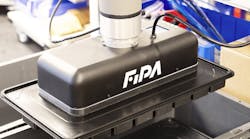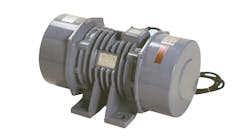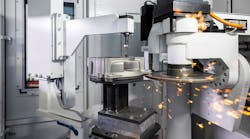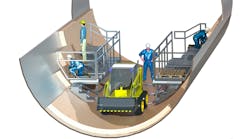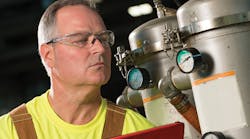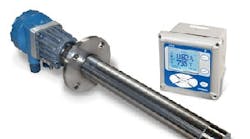EMERSON PROCESS MANAGEMENT introduced a new device for combustion flue-gas analysis, the Rosemount Analytical 6888 in situ CO2 analyzer, indicating it will accurately measure the oxygen remaining in the flue gases coming from combustion systems, such as boilers, incinerators, kilns, process heaters, and industrial heating furnaces. By maintaining the ideal level of oxygen in the flue gases, optimal efficiency is achieved and the lowest levels of NOX, CO, and CCO2 are produced.
The in situ design of the 6888 places a zirconium oxide sensing element at the end of a probe, which can be inserted directly into a flue-gas stream. Probe lengths are available from 18 inches to 12 feet, and a slip mounting option provides the ability to mount a long probe at any insertion depth. Signal conditioning electronics reside in the head of each probe, eliminating the need for expensive signal cable.
The 6888 is fully “field repairable,” according to the developer. All active components can be replaced including the diffuser/filter, sensing cell, heater and thermocouple, and all electronics cards. A dual-channel operator interface unit provides an easy-to-use method of set-up, calibration and failure diagnostics.
The Xi electronics offer optional features never before possible in a CO2 analyzer, including:
• Calibration recommended diagnostic – Since the calibration frequency of an oxygen analyzer is highly application-dependent, the Xi electronics of the 6888 provide an on-line diagnostic that determines when calibration should be conducted. This feature reduces unneeded calibrations, technician time, and calibration resources. It can trigger a fully automatic calibration by sequencing solenoids to introduce calibration gases to the sensing cell. Calibrations can be conducted on-line while the furnace is in operation.
• Continued operation through process upsets – If process upsets cause flue-gas temperatures to exceed the normal sensing cell heater temperature (736°C, 1,357°F), the heater is turned off, the process is permitted to heat the sensing cell, and the electronics calculate the oxygen content of the flue gases on the fly. If process upsets cause a reducing condition (flue-gas oxygen levels decline to zero), a stoichiometer feature provides an indication of the level of oxygen deficiency during this event.
• Plugged diffuser diagnostic – In applications where there is a heavy particulate loading in the flue-gas stream, this feature notes the “return to process” time after calibration gas is turned off. As the time extends, the diagnostic will indicate the need for a diffuser replacement.
Visit www.emersonprocess.com .

